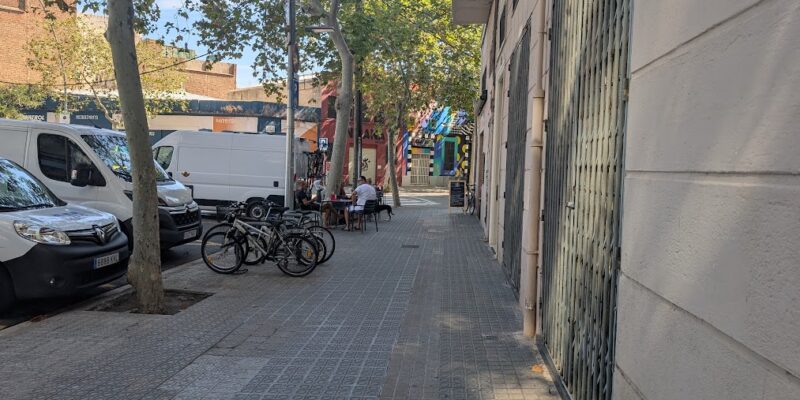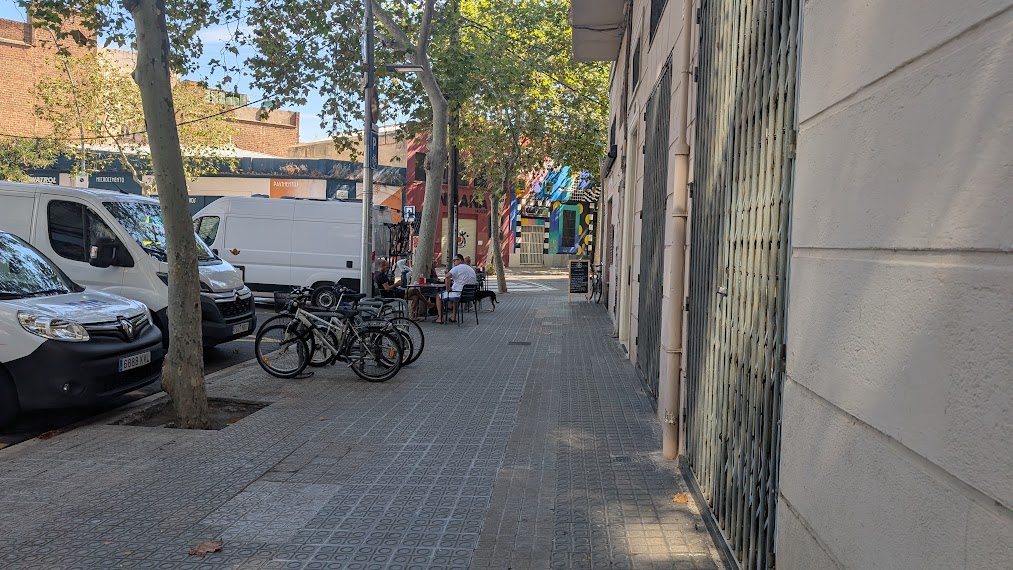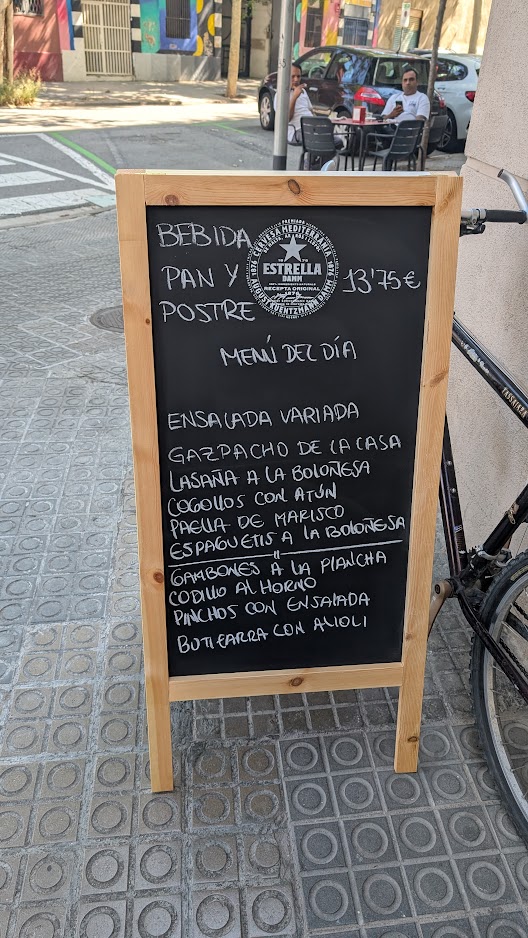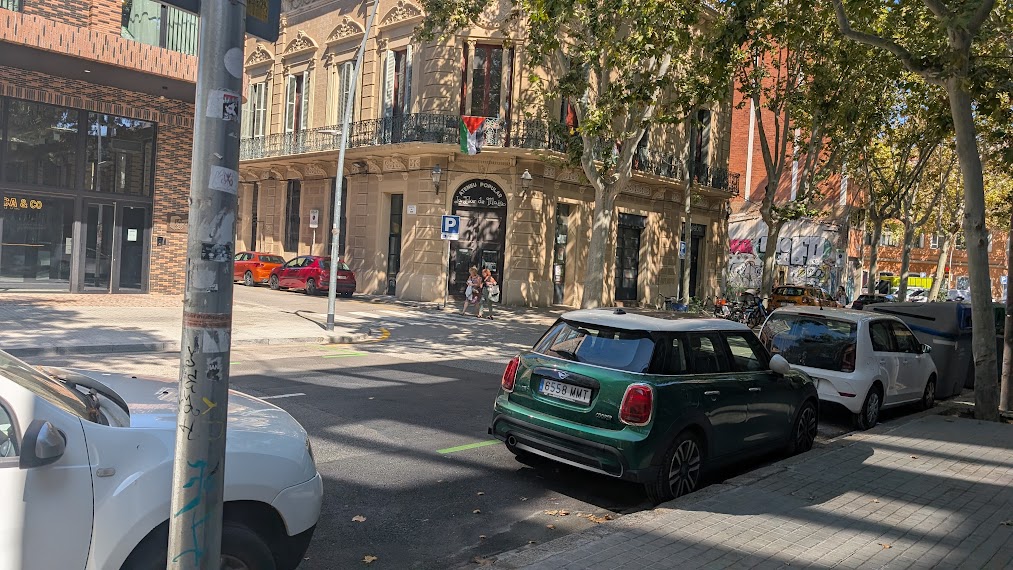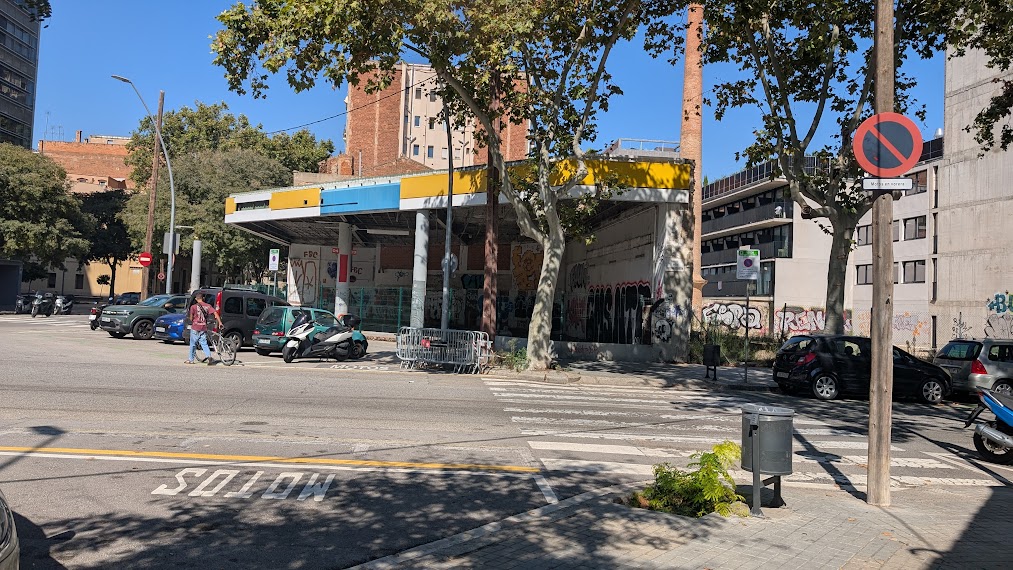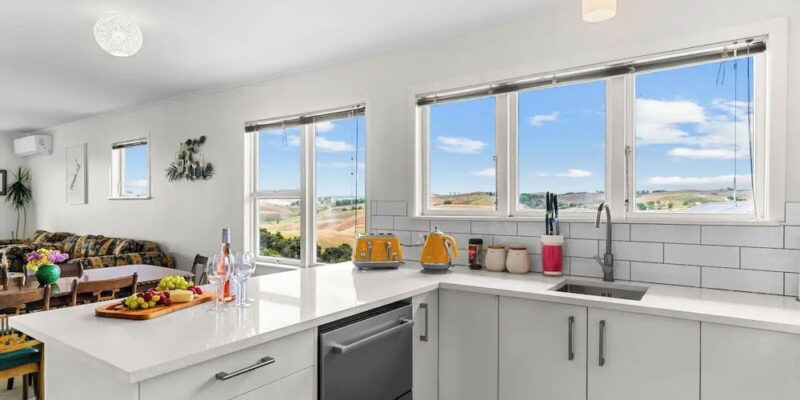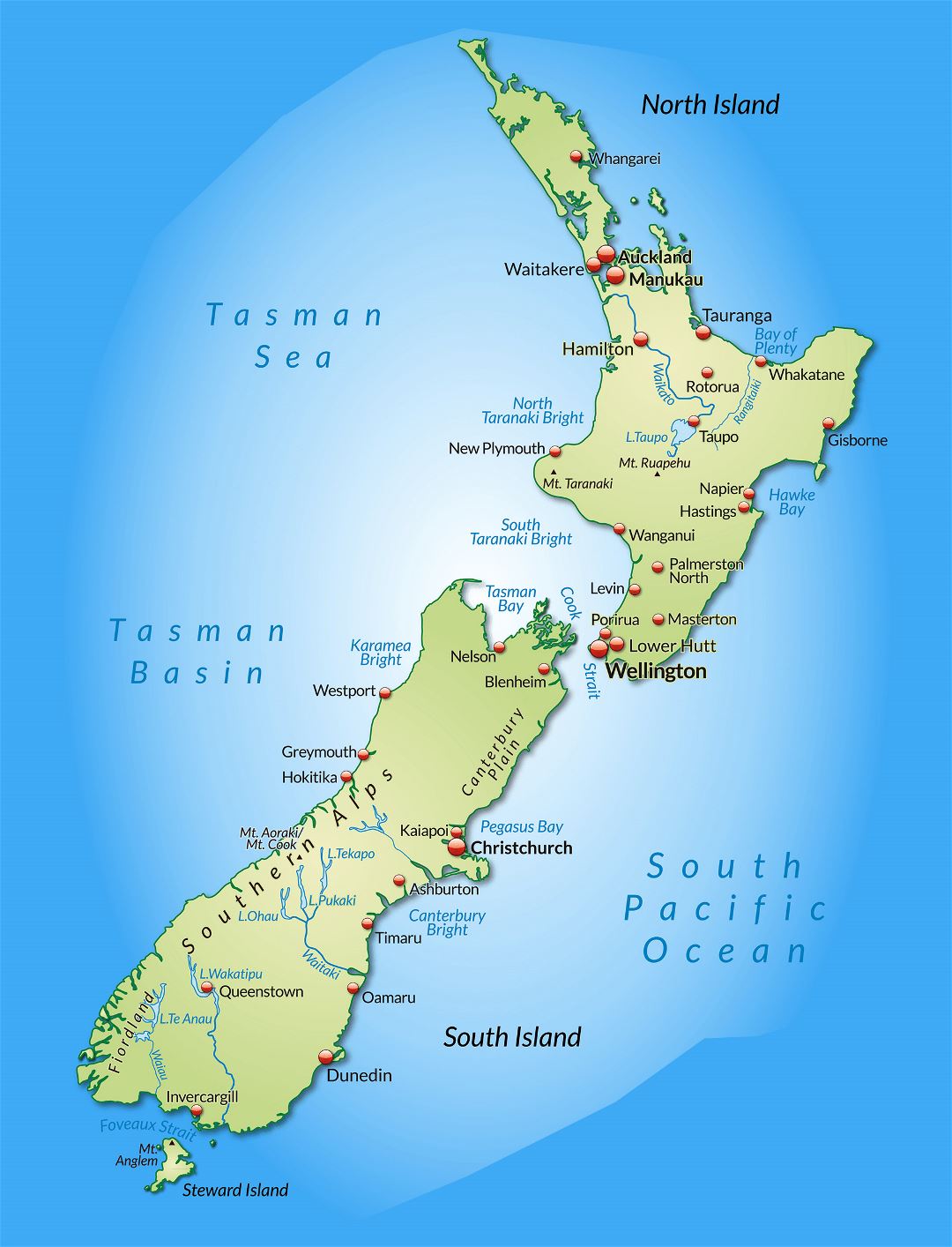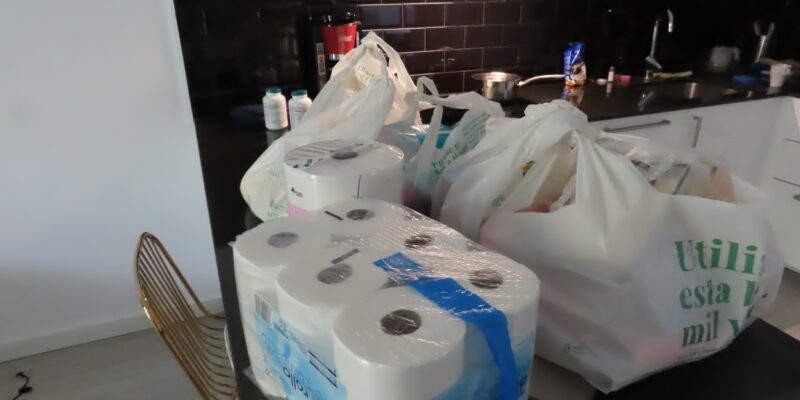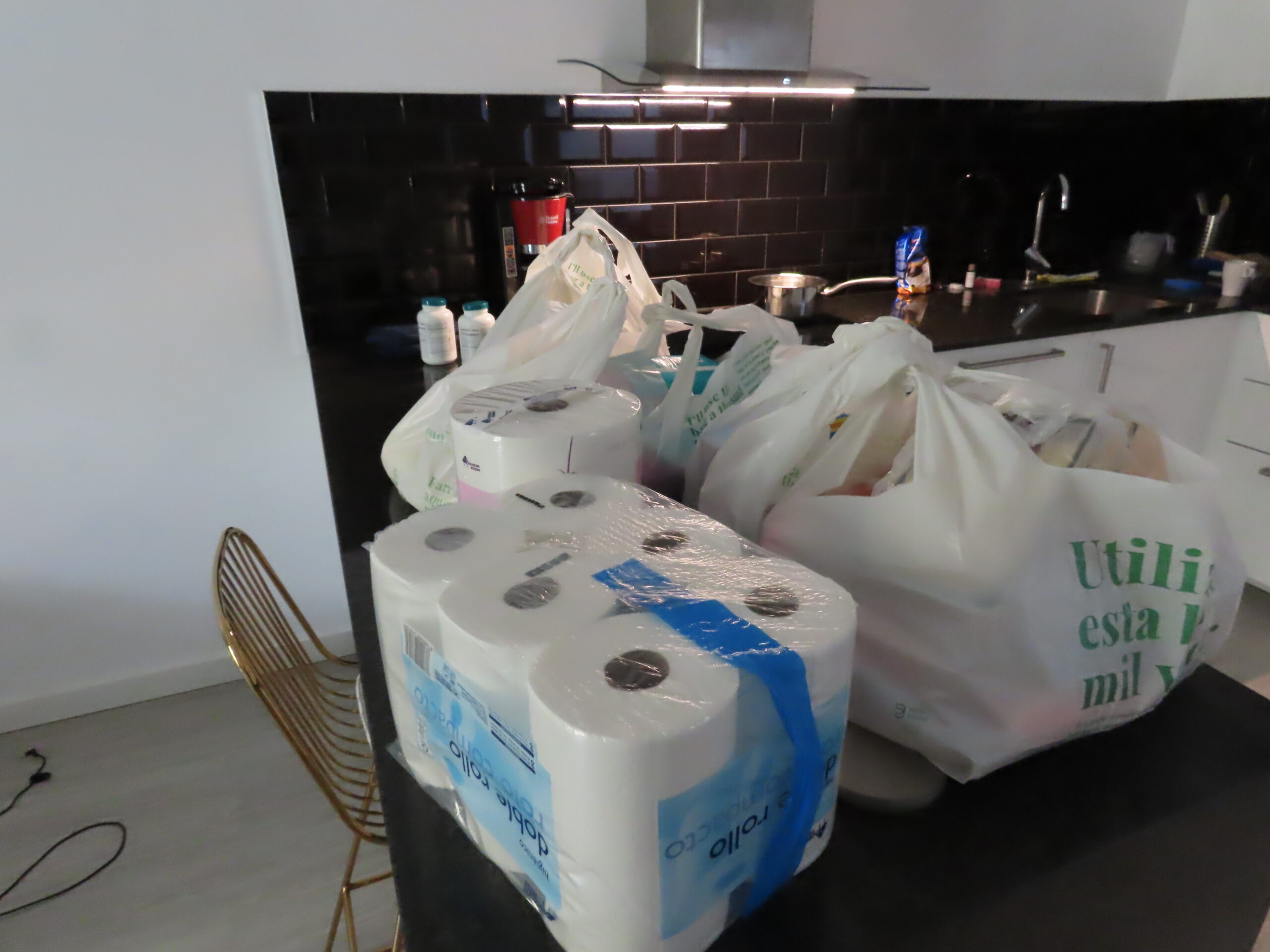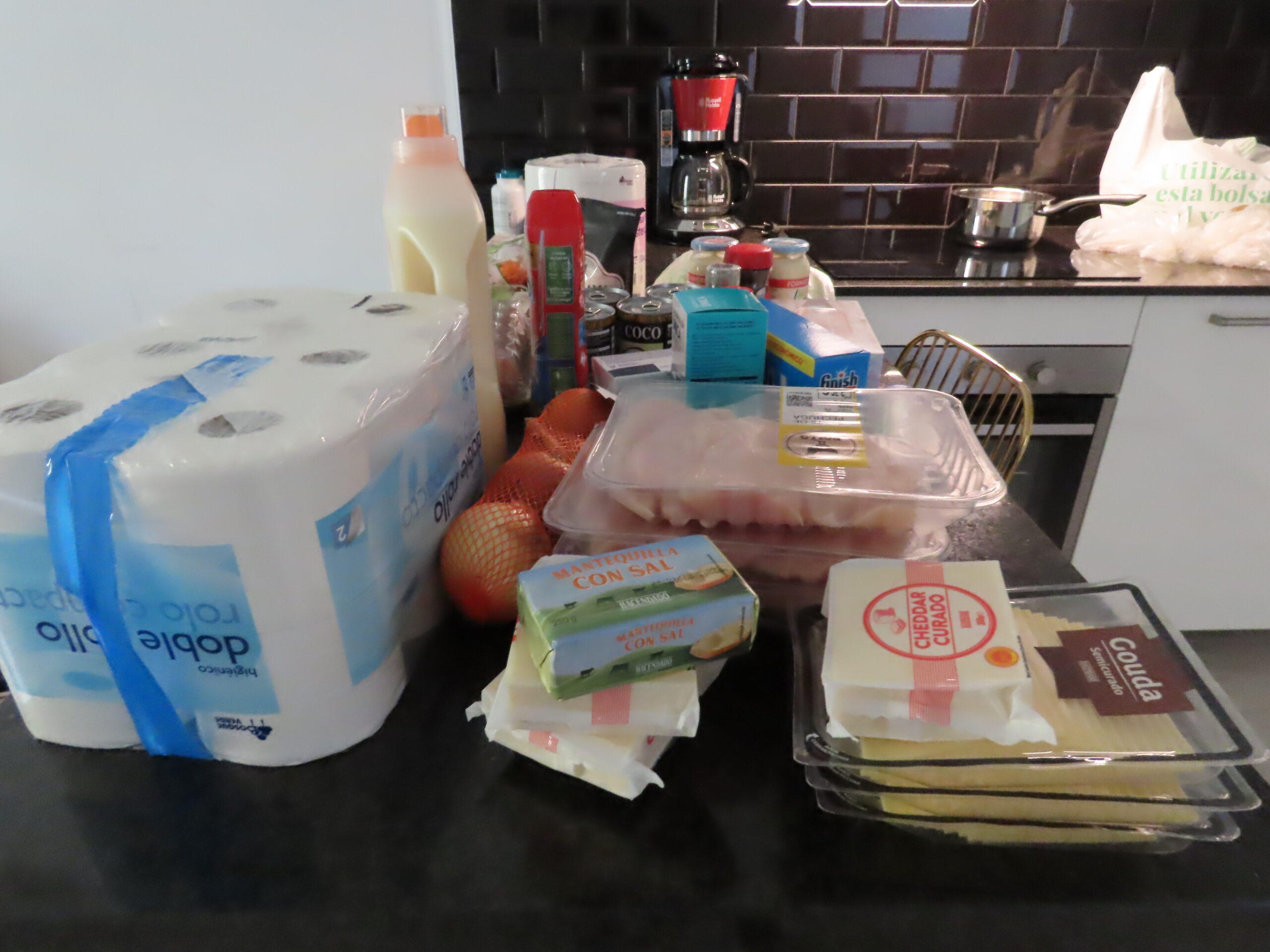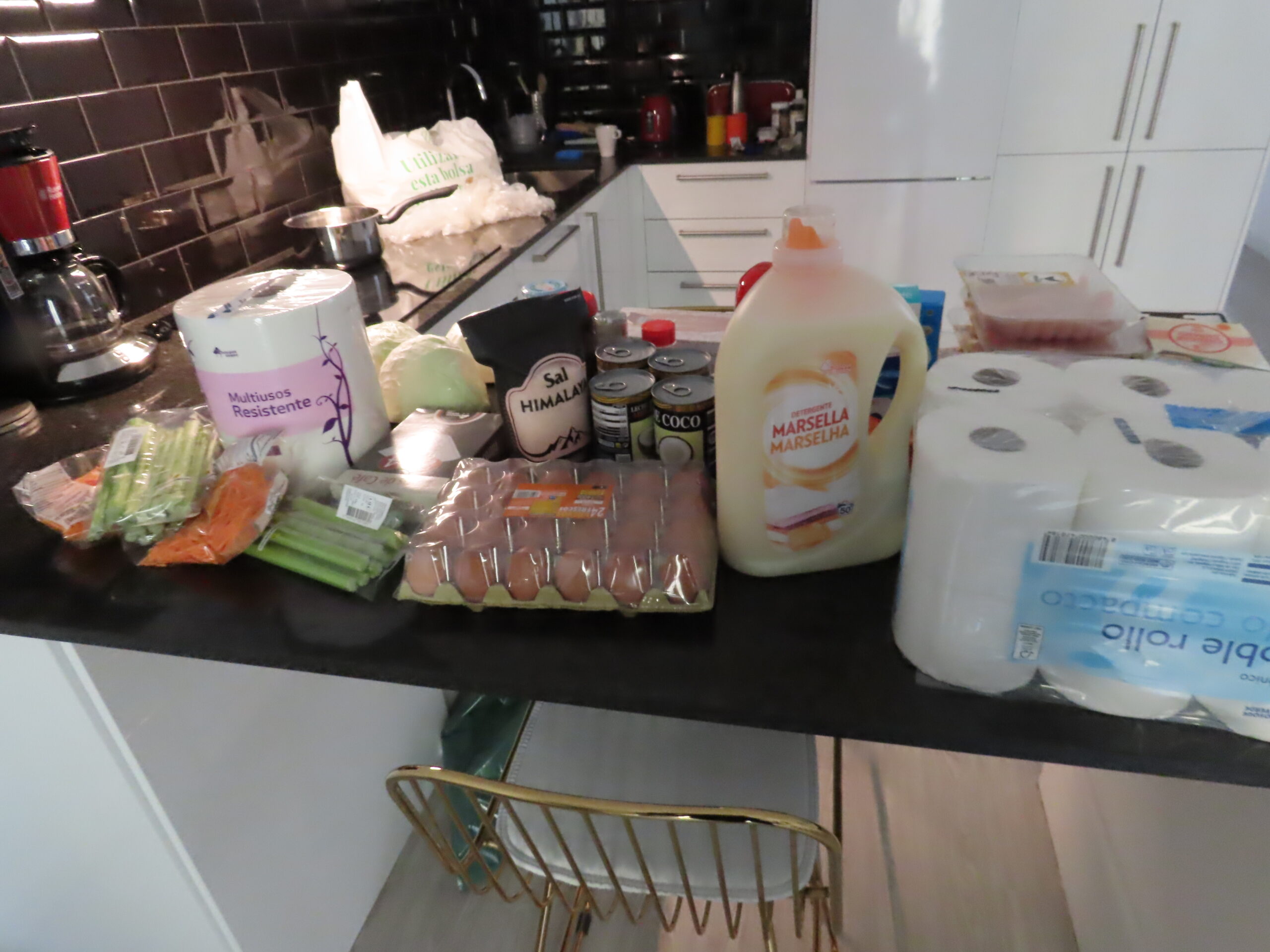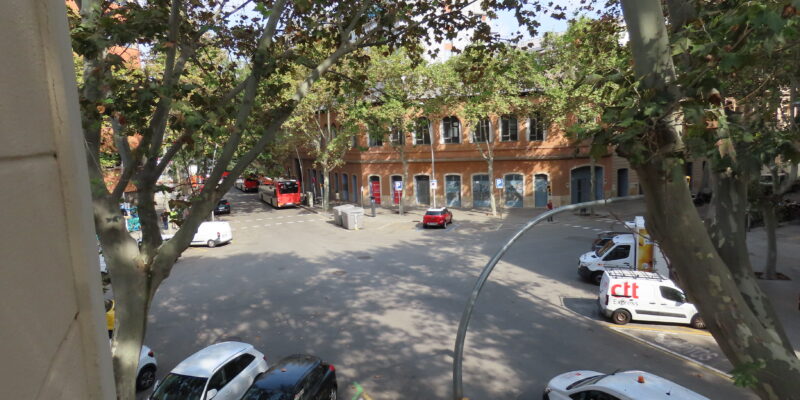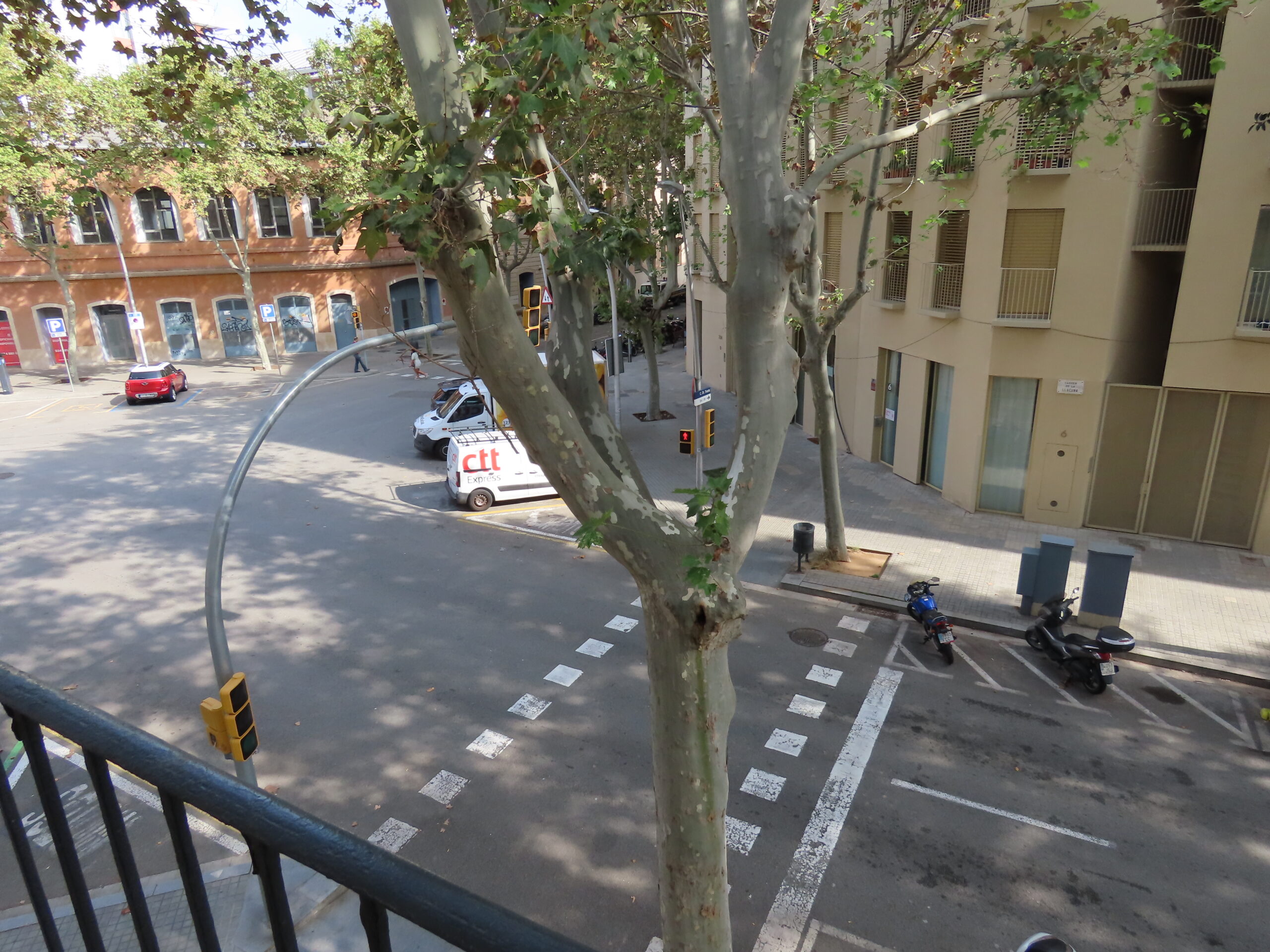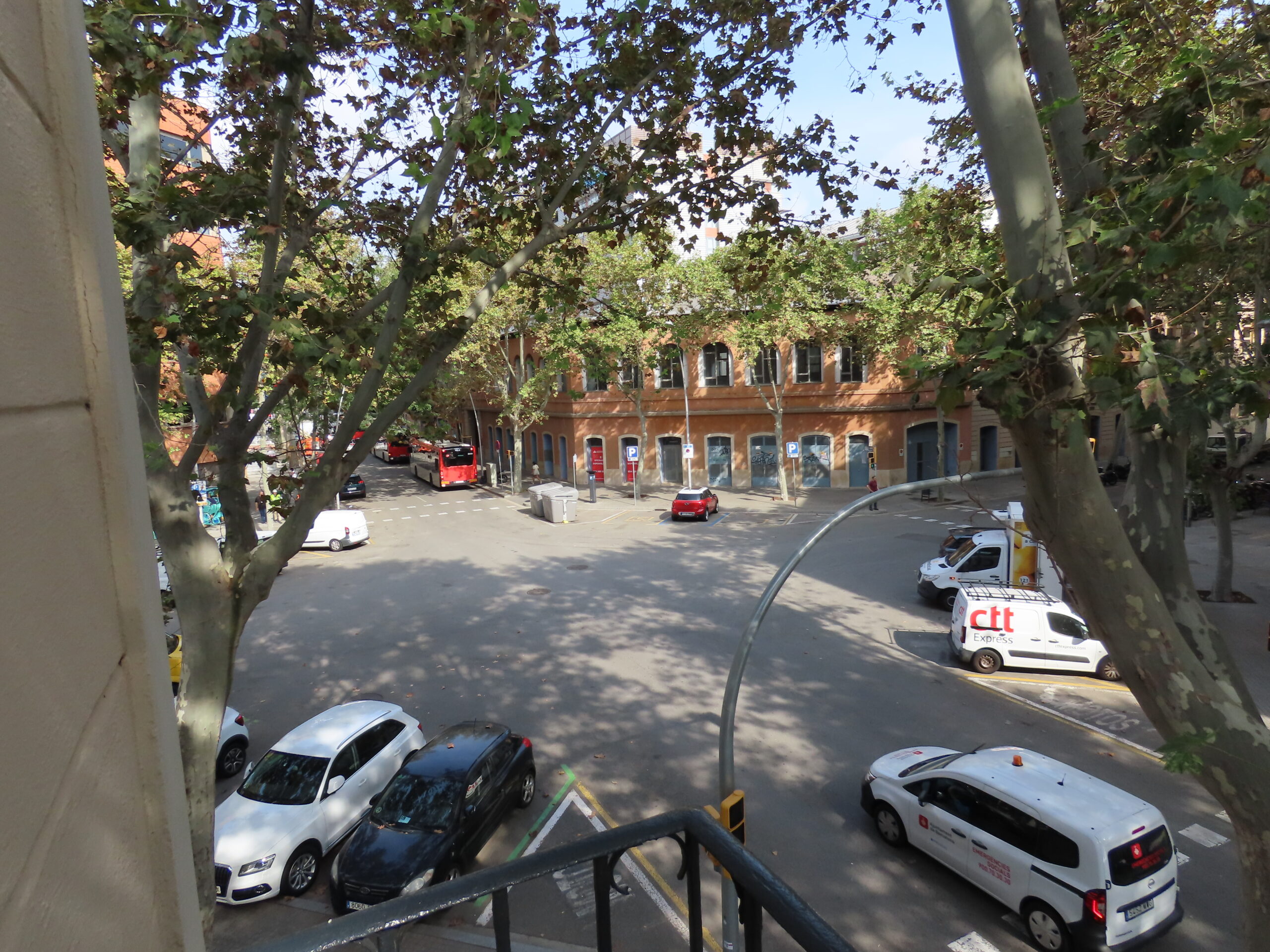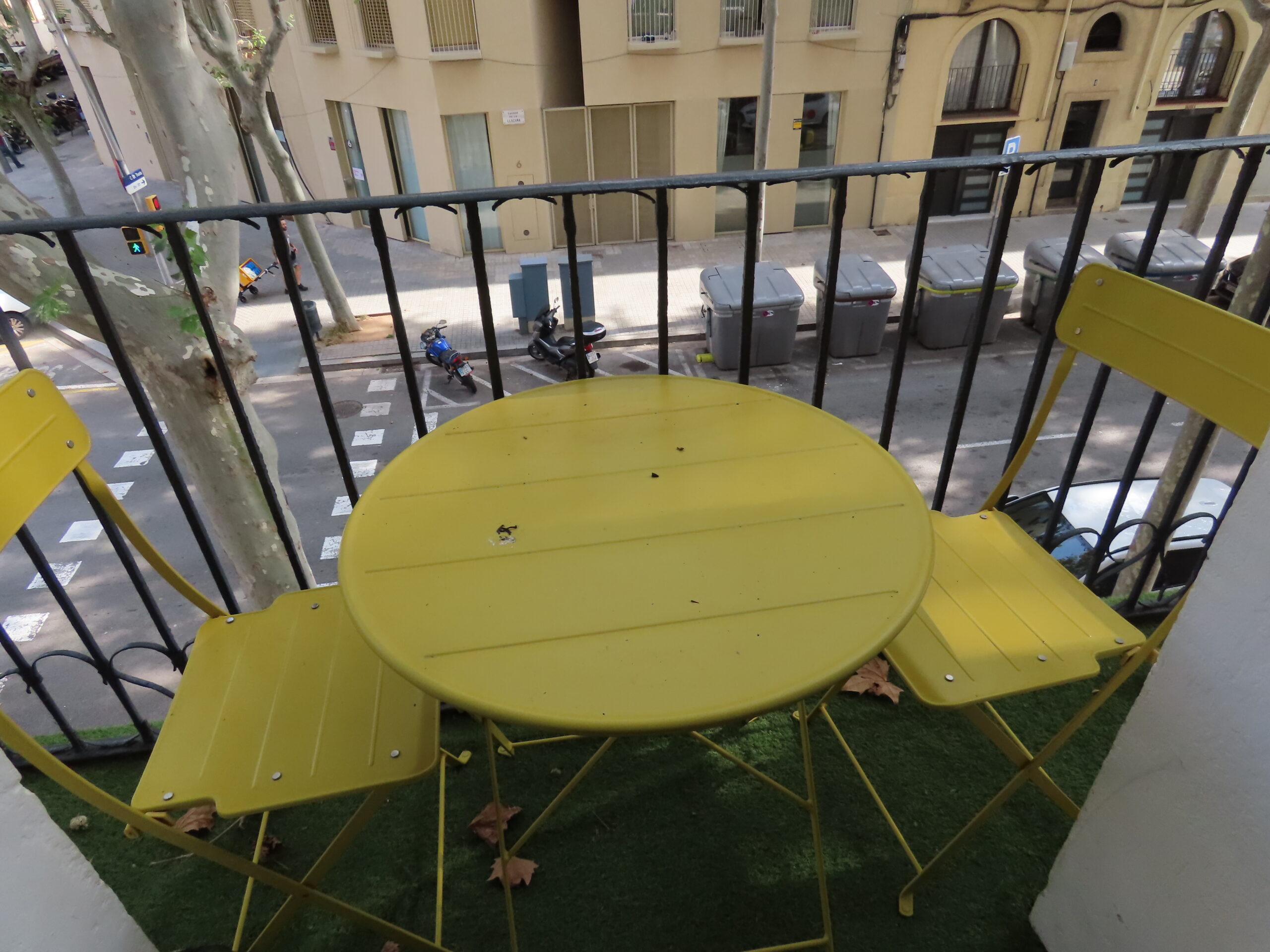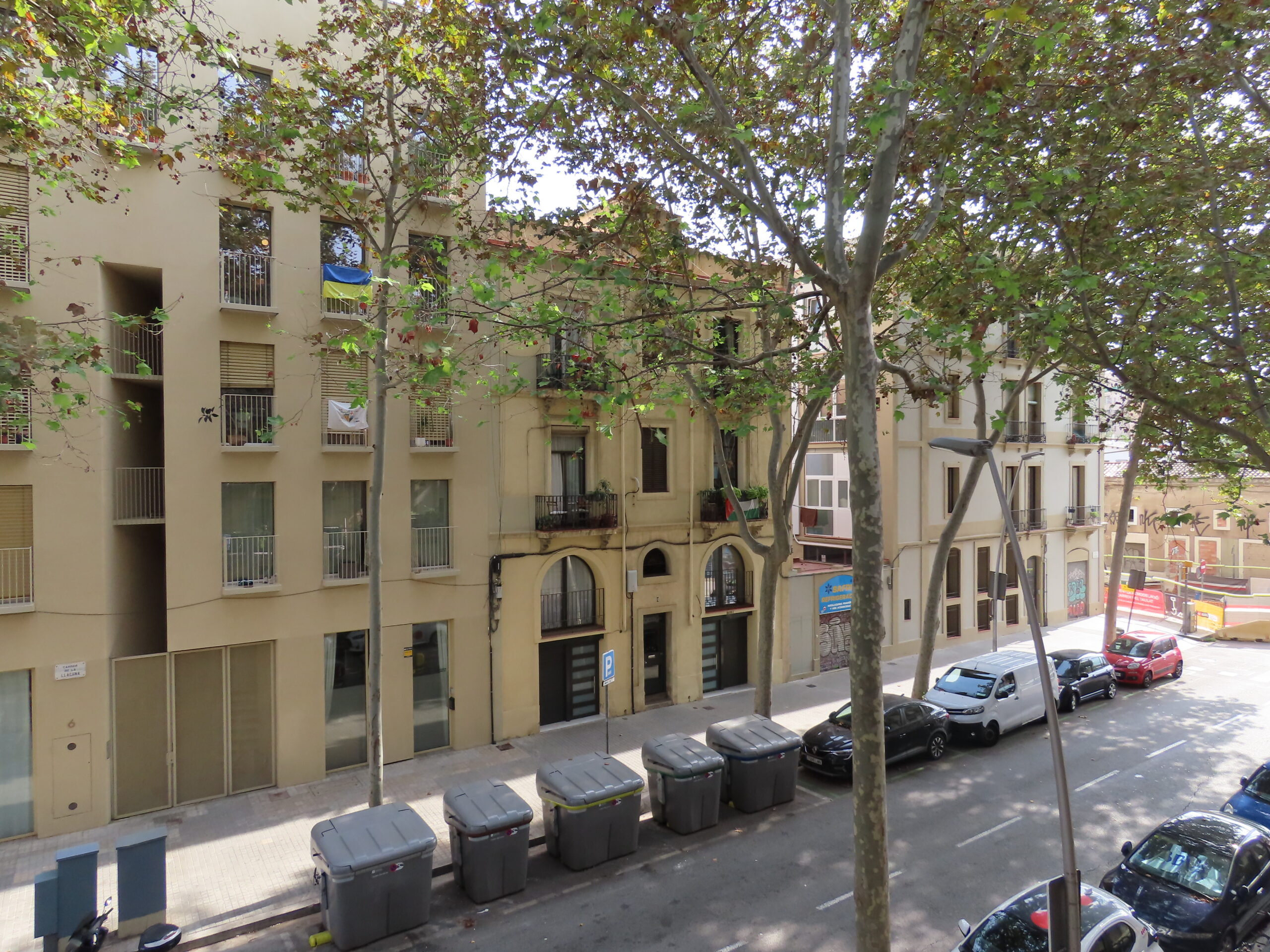 |
| Houses in the surrounding area.in Savusavu, Fiji, ten years ago. |
It wasn’t easy finding a highly rated taxi that could book reservations online. Calling would have been futile with the language barrier. We’re doing fine when ordering groceries and takeaway meals. But calling, as many online services recommended, would have been challenging.
As a result, I ordered an Uber, which will be here in less than an hour to take me to my appointment. Considering we don’t have a rental car here, using an Uber or taxi is much less costly for transportation than a rental car would have been.
This will be my first time out and about by myself in a long time, except for pedicure appointments in Marloth Park. It will be nice to get out. The salon is less than a mile from here, but there was no way I could easily walk that far on my own.
Yesterday, our second grocery order arrived. After reviewing the receipt, it’s clear that prices are approximately 40% higher here than in Marloth Park. Since we’re only cooking a few nights a week, it seems that ordering takeaway can be economical, especially since many of Tom’s selections are under US $20 per day.
My choices are a lot more since there’s very little I can order other than whole chickens. The chickens come with roasted potatoes, which Tom eats. In these cases, we can get by with about $20 per day for both of us.
Since we’re both steadily losing weight through intermittent fasting, I have started making some meals for myself, while Tom orders from Uber Eats, which offers free delivery. I’ve been making chicken breasts and bunless burgers along with scrambled eggs and salad, enough to hold me until we eat again the next day.
The grocery order was $108, which included ingredients for making salad, as well as bacon, tomatoes, ground beef, and tomato sauce and vinegar (I will make homemade ketchup later today) to accompany the burgers. Additionally, we purchased shampoo and conditioner to ensure a sufficient supply for the upcoming cruise, along with some miscellaneous household items.
Our baggage won’t be an issue boarding the cruise, as there are no weight restrictions for cruises. There are other restrictions, such as bringing certain plugs and adapters onboard and alcohol. Only two bottles of wine are allowed, and with our drink allowance, it makes no sense for us to bring any on board.
We have an ample supply of our iced tea (Crystal Light for Tom and herbal for me), which we’ll drink on the ship each day, since neither of us drinks soda, except for an occasional Sprite Zero.
It’s time for me to get ready to go. The temperature is only 59 °C, 15 °C this morning, and it may make sense to bring a light jacket to wear while I am standing outdoors waiting for the Uber.
Not much excitement to share here. Sorry about that. However, we are content after having accepted the limitations those steps present while we’re here.
Be well.
Photo from ten years ago today, September 26, 2015:


















